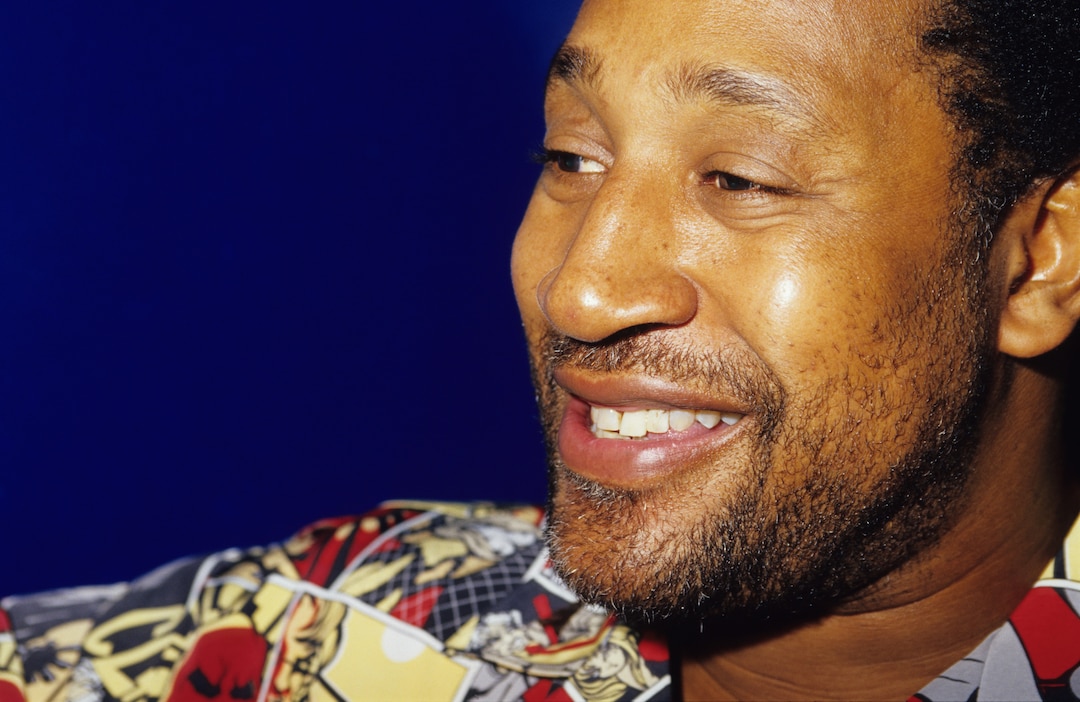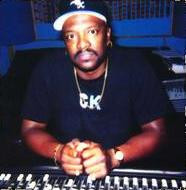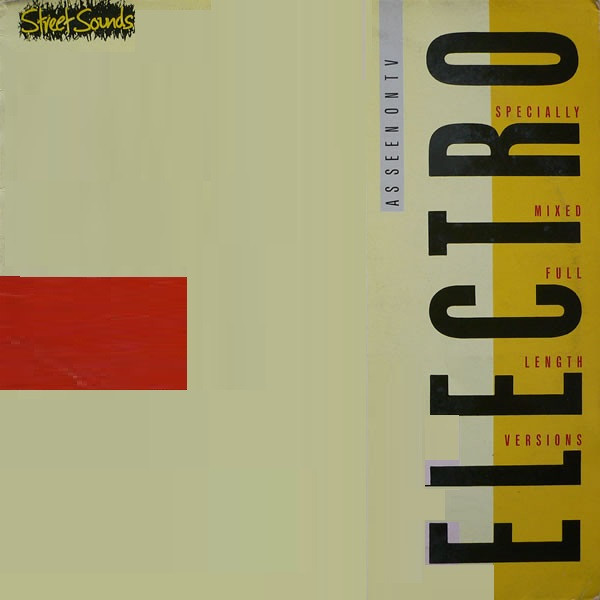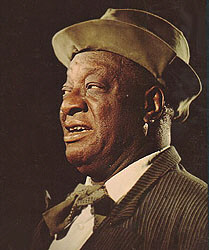Nah, they had a concept of triracialism but It wasn't verified by ancestry testing like we have today. Puertro Ricans used the term Trigueno for what would amount to light/wheat colored folks who don't look ether "white" or "black" (by their standards).
Yeah, it's actually common as fuk for Nuyoricans to admit being part African/Black, even before we had DNA testing
Agreed. And this (I think) also brings in confusion in how people from outside of NY look at them and compare them to Mexicans at the West coast for example.
Let's not forget there's still a Branco class as a ruling class. I spoke with YouTuber Denisse Gonzalez about some of these things. When I mentioned Rita Moreno (from the movie West Side Story) as being part of the Zulu Nation (by what Afrika Bambaataa said in an interview), she got a bit upset with me and said: "she's a grifter and a white woman".
(1)“My field notes for that project are full of references to the intermediate physical types of many residents of Barrio Gandul, including moreno and trigueño. For statistical purposes, these terms are usually grouped under the generic label mulatto, but Puerto Ricans make finer social distinctions in their daily lives. For instance, our informants used the terms grifo, jabao, and colorao to refer to various combinations of hair types and skin tones. At least 19 different racial categories are currently used in Puerto Rico (see Table 1; see also Godreau 2000).”
[…]
“Between 1899 and 1950, the U.S. Bureau of the Census computed the number of white and nonwhite people in Puerto Rico. In spite of changing racial categories, as well as their popular contestation, the census found that Puerto Ricans were becoming whiter over time. The bleaching of the Island’s population can be partly explained by the tendency to incorporate light mulattos (trigueños) into the white category, as well as the common belief in “improving one’s race” through intermarriage with lighter-skinned persons.”
Source: (Jorge Duany, Department of Sociology and Anthropology University of Puerto Rico).
“The Lessons of Slavery: Discourses of Slavery, Mestizaje, and Blanqueamiento in an Elementary School in Puerto Rico"
Isar P. Godreau, Mariolga Reyes Cruz, Mariluz Franco Ortiz and Sherry Cuadrado
American Ethnologist
Vol. 35, No. 1 (Feb., 2008), pp. 115-135 (21 pages)”

Castles In The Sky
Interview with B-Boy Aby (The Bronx Boys) ...preciousgemsofknowledge79.blogspot.com
Legs prety much kept it real, although he ain't tell the whole truth about Freestyle music. He's right that it was first called "Latin HipHop" before it was called "Latin Freestyle" but really, that sh1t was basically electro-hop/funk + R&B music
Yeah, I remember the electro funk trend, which came an extension of R&B, with electronic equipment instead of analog instruments. In fact we can bring it back to 70s Jazz-Funk, unlike how some try to connect it to Euro electro music, which rhythmically is different with different syncopates. The other suggestion is Italian disco / funk, which still is not older than Jazz-Funk. And there's a direct path from Jazz-Funk to Disco.
I am using Wikipedia as a generic source:
"Jazz-funk is a subgenre of jazz music characterized by a strong back beat (groove), electrified sounds,[1] and an early prevalence of analog synthesizers. The integration of funk, soul, and R&B music and styles into jazz resulted in the creation of a genre whose spectrum is quite wide and ranges from strong jazz improvisation to soul, funk or disco with jazz arrangements, jazz riffs, jazz solos, and sometimes soul vocals.[2]
Jazz-funk is primarily an American genre, where it was popular throughout the 1970s and the early 1980s, but it also achieved noted appeal on the club-circuit in England during the mid-1970s. Similar genres include soul jazz and jazz fusion, but neither entirely overlap with jazz-funk. Jazz-funk is more arranged and features more improvisation than soul jazz, and retains a stronger feel of groove and R&B versus some of the jazz fusion production."
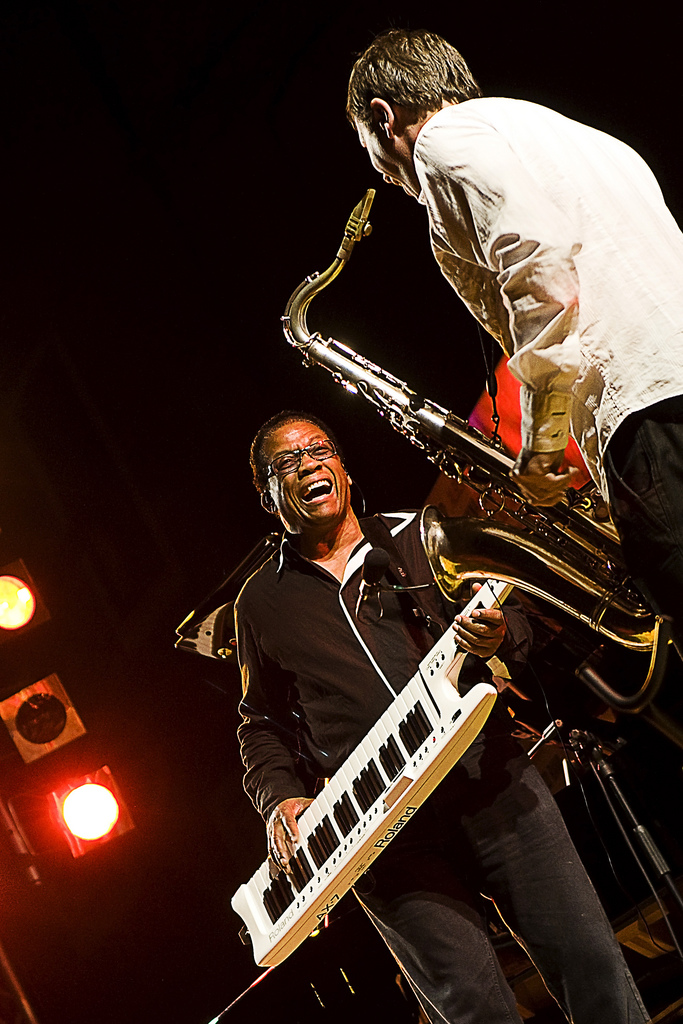
Jazz-funk - Wikipedia
70s Soul/Jazz/Funk Soundtracks by infamous31 | Discogs Lists
Explore the 70s Soul/Jazz/Funk Soundtracks list by infamous31 on Discogs. Create your own list of music and share it with the world.
"Freestyle music,[10] also called Latin freestyle[4] or Latin hip-hop (sic)[11] is a form of electronic dance music that emerged in the New York metropolitan area and Philadelphia, primarily among Hispanic Americans and Italian Americans in the 1980s.[2] It experienced its greatest popularity from the late 1980s until the early 1990s. A common theme of freestyle lyricism originated as heartbreak in an urban environment typified by New York City.
An important precursor to freestyle is 1982's "Planet Rock" by Afrika Bambaataa & Soul Sonic Force. Shannon's 1983 hit "Let the Music Play" is often considered the first freestyle song and the first major song recorded by a Latin American artist is "Please Don't Go" by Nayobe from 1984. From there, freestyle gained a large presence in American clubs, especially in New York and Miami. Radio airplay followed in the mid 1980s.[12]
Performers such as Exposé, Lisa Lisa and Cult Jam, Stevie B and Sweet Sensation gained mainstream chart success with the genre in the late 1980s and early 1990s, but its popularity largely faded by the end of the decade. Both classic and newer freestyle output remain popular as a niche genre in Brazil (where it is an influence on funk carioca), Germany and Canada."
Freestyle music - Wikipedia
And if one would want to make the argument on Latin Jazz, it's still within Afro-Latin traditions, the negro music.
"Latin jazz is a genre of jazz with Latin American rhythms. The two main categories are Afro-Cuban jazz, rhythmically based on Cuban popular dance music, with a rhythm section employing ostinato patterns or a clave, and Afro-Brazilian jazz, which includes samba and bossa nova."
Latin jazz - Wikipedia
I still have a few electro albums and singles. At the time Shannon came out, I was just in high school. I had only so much money to spend, so I bought Kurtis Blow – Christmas Rappin' / Nervous, because I had to make a choice.

Kurtis Blow - Christmas Rappin' / Nervous
View credits, reviews, tracks and shop for the 1983 Vinyl release of "Christmas Rappin' / Nervous" on Discogs.
 www.discogs.com
www.discogs.com
The Rock Steady Crew came out with Digital Boogie in 1984.
Man Parrish (Manuel Joseph Parrish) came out in 1982. Raul A. Rodriguez contributed to that album as a producer.

Man Parrish - Man Parrish
View credits, reviews, tracks and shop for the 1982 Vinyl release of "Man Parrish" on Discogs.
 www.discogs.com
www.discogs.com
Last edited:

